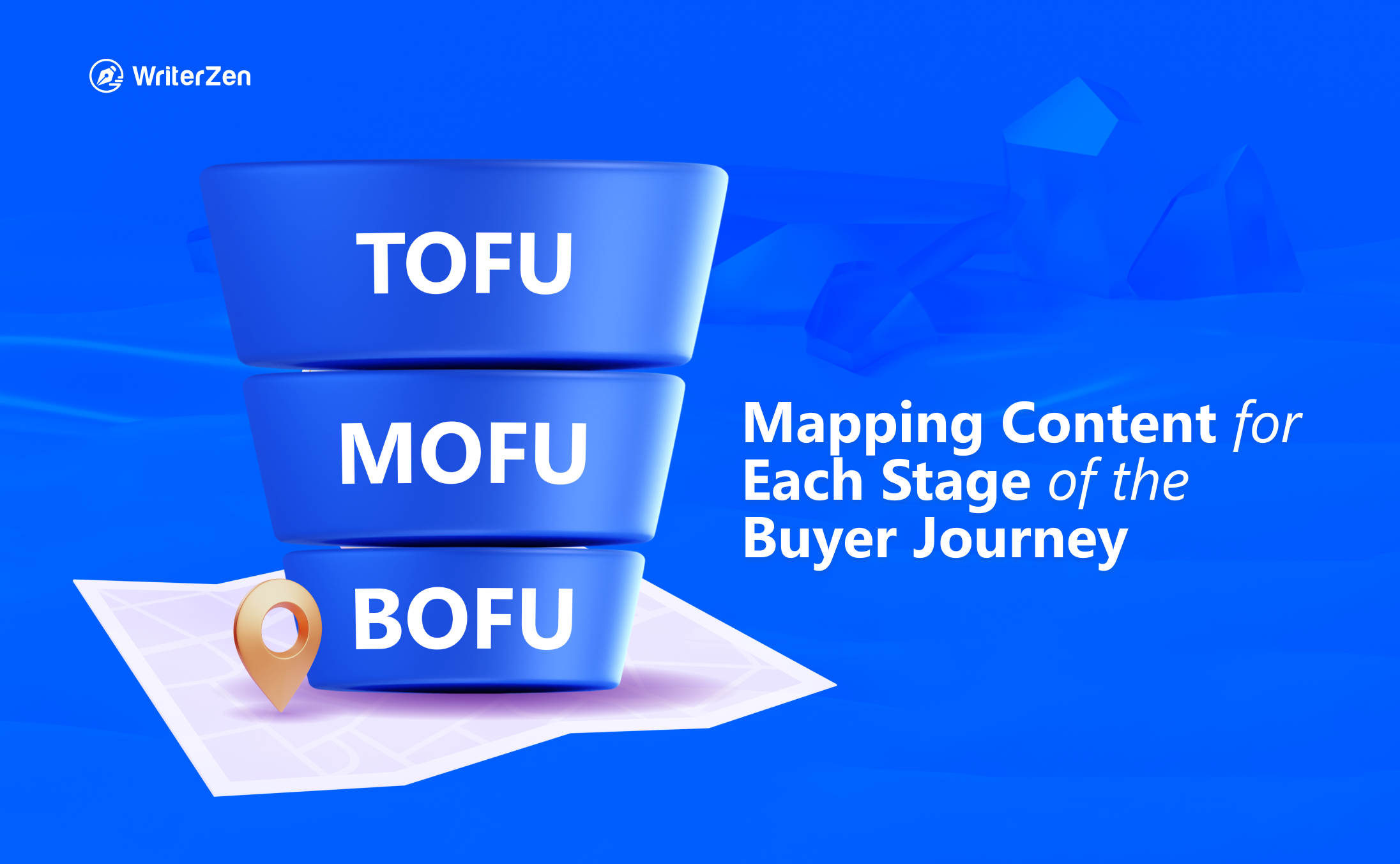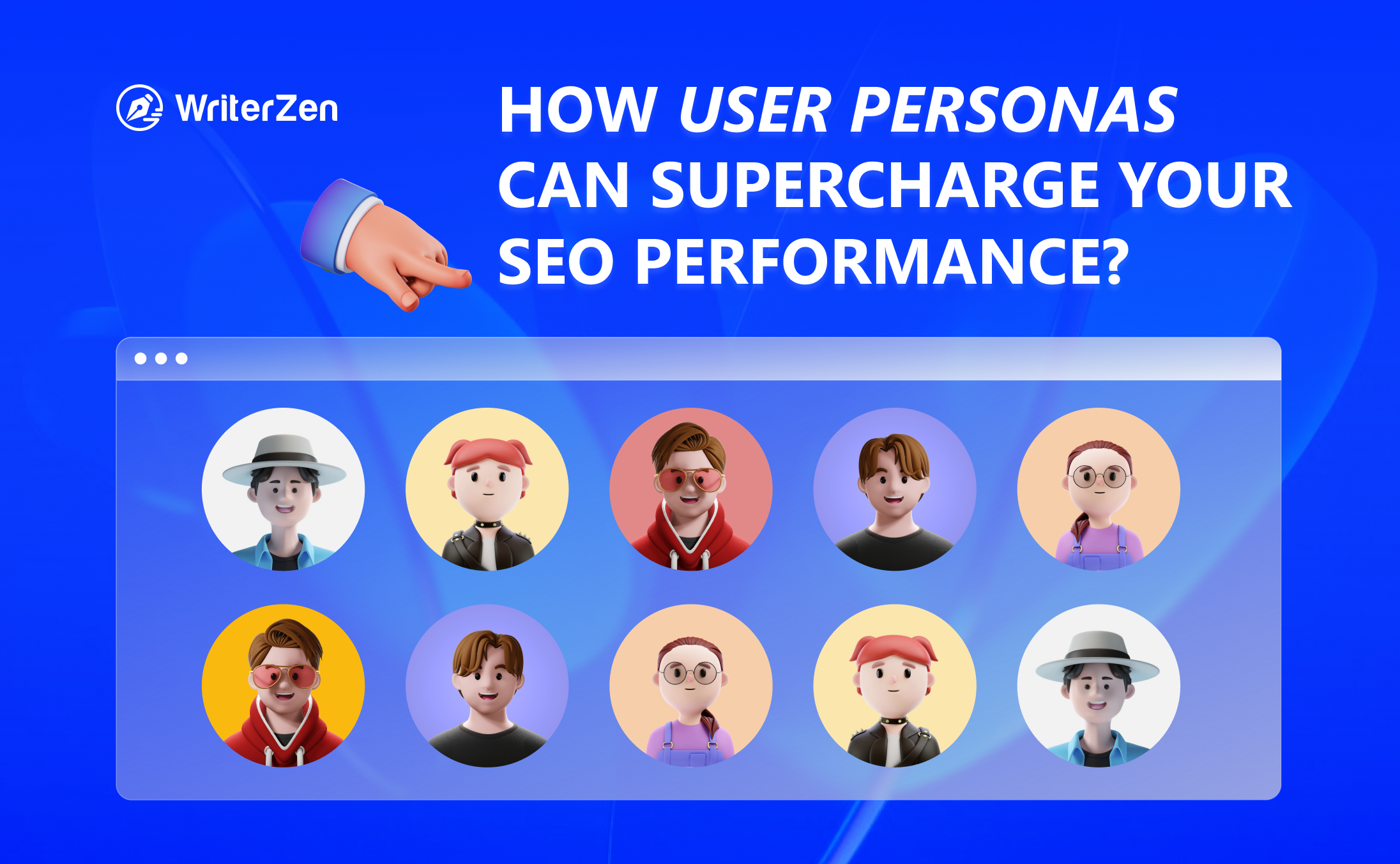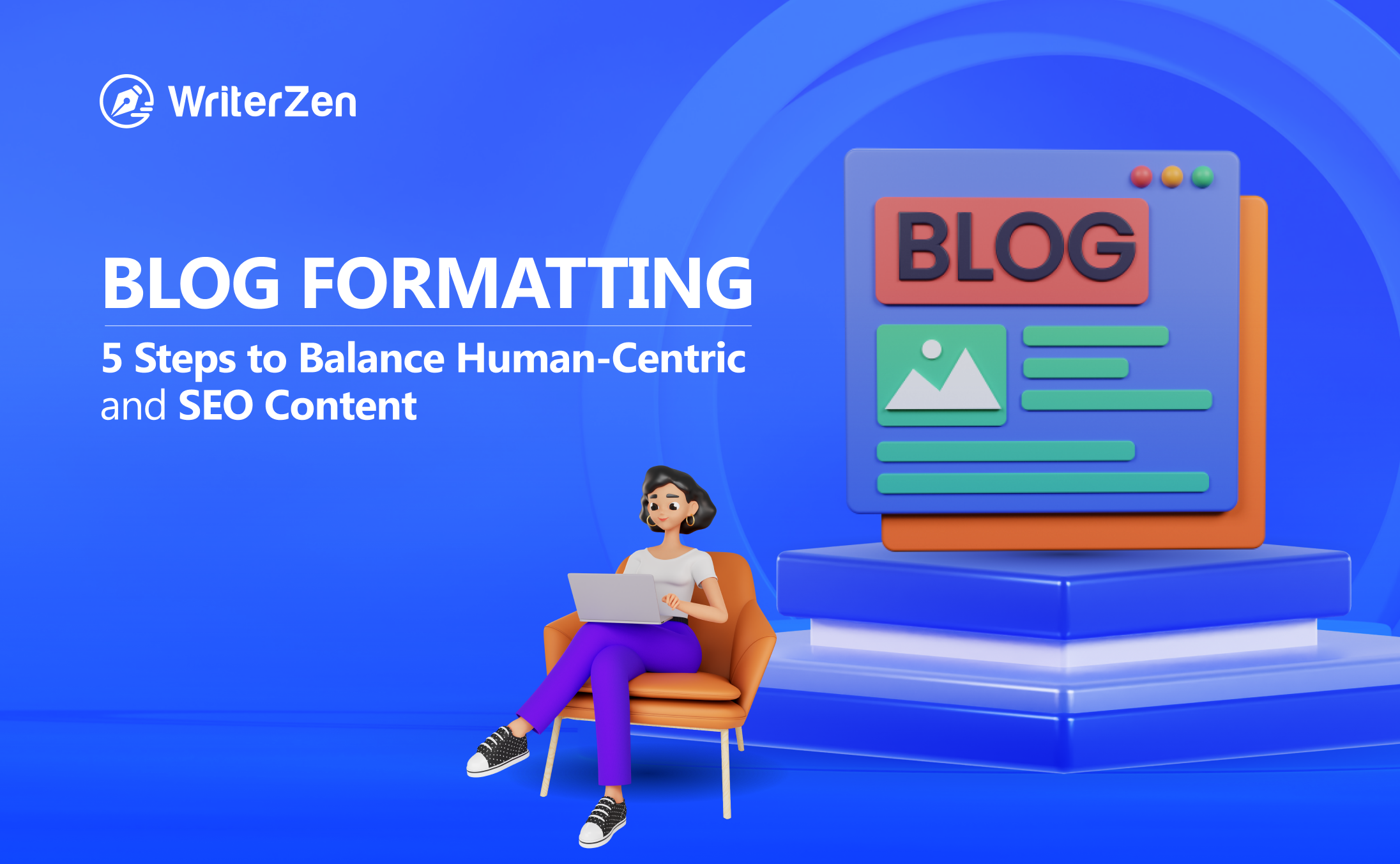Dynamic content is a powerful tool that allows businesses to improve their online presence and engage with their audience by personalizing the user experience and enhancing digital marketing efforts based on user behavior, preferences, and interests.
In this article, we will explore what dynamic content is, how it works, and how you can use it to improve your digital marketing efforts.
What Is Dynamic Content?
Dynamic content is any digital or online content that changes based on data, user behavior, and preferences. This can be text, audio, or video format content.
Dynamic content is connected to data in the content management system (CMS) and changes automatically based on predefined rules. Because it constantly changes, the content is not static and can be updated in real time based on user interactions.
Dynamic content enables websites to customize the user experience by adapting to individual visitors. This personalization is achieved through user accounts, cookies, IP geolocation, device detection, referral source analysis, user behavior tracking, demographic inference, and survey responses.
By gathering and analyzing this data, websites can match specific content to users' preferences, behavior, and characteristics, creating a more engaging and tailored online interaction.
Some examples of dynamic content include:
-
Landing pages: Dynamic elements on landing pages can change based on visitor location, referral source, or previous interactions, for instance, by showing different promotions to visitors from different regions.
-
Product pages: Product recommendations and related items can change dynamically based on a user's browsing history or previous purchases. This helps in personalizing the shopping experience.
-
Email marketing: Dynamic content in emails can include personalized greetings, product recommendations, or time-sensitive offers catering to individual user preferences and behavior.
-
Purchases: Confirmation pages and receipts can display dynamic content such as order summaries, delivery dates, and personalized thank-you messages based on the specific items purchased.
-
Ads: Online ads often use dynamic content to customize the message based on user demographics, browsing history, or location, aiming for higher engagement and conversion rates.
-
Blogs and Articles: Dynamic content can be applied to blogs and articles by showing related posts based on the reader's interests and comments or allowing users to filter content based on categories or tags.
Dynamic Content vs. Static Content
In contrast with dynamic content, static content remains fixed and unchanging for all users. It includes basic text and images on a website, general product descriptions, and standard contact information.
Static content is simple, consistent, and loads quickly since it doesn't require dynamic data processing. It is suitable for informational websites, company homepages, basic blogs, and content that doesn't need personalization or user interaction.

The key differences between dynamic and static content lie in interactivity, personalization, and real-time updates.
Dynamic content responds to user actions, offers personalization, updates in real-time, and provides an engaging user experience. Static content, on the other hand, remains consistent and unchanging, catering to a broad audience without personalized interactions.
How Does It Work?
Dynamic content works by using data to personalize the content that is displayed to users. This data can include user demographics, past behaviors, location, time of day, and more.
Once you identify the relevant data points, a variety of tools and techniques can be used to create dynamic content, including content management systems (CMS) with personalization features, marketing automation platforms, dynamic ad targeting, and A/B testing.
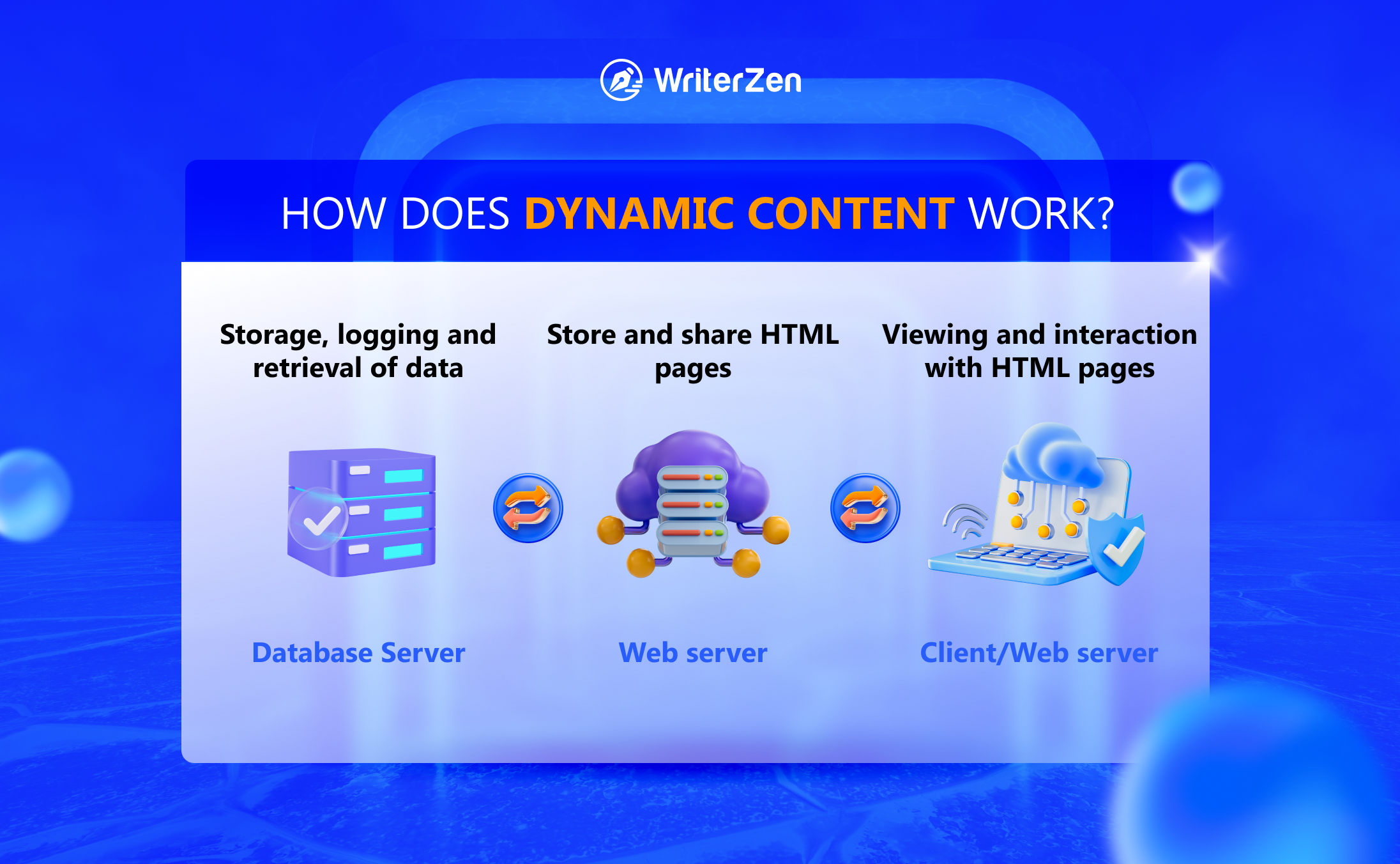
Dynamic content can be applied to various elements, including images, product recommendations, coupons, urgency messaging, calls to action, social proof, copy, navigation bars, popups, and social media feeds.
To implement dynamic content on your website, you can use a website builder incorporating content management software (CMS), providing a platform to collect and track user data.
Popular website builders like Wix, WordPress, and Squarespace offer this functionality. Depending on your specific needs, you might have to incorporate custom code or third-party software to create dynamic content beyond the basic features provided by these platforms.
How to Implement Dynamic Content Based on the Buyer Journey?
Implementing dynamic content based on the buyer journey involves creating personalized content tailored to the user's stage in the buying process. You can achieve this by using data to segment users into different groups based on their behavior, preferences, and interests.
Once the segments have been created, dynamic content blocks can be added to landing pages or emails to personalize the content displayed to users.
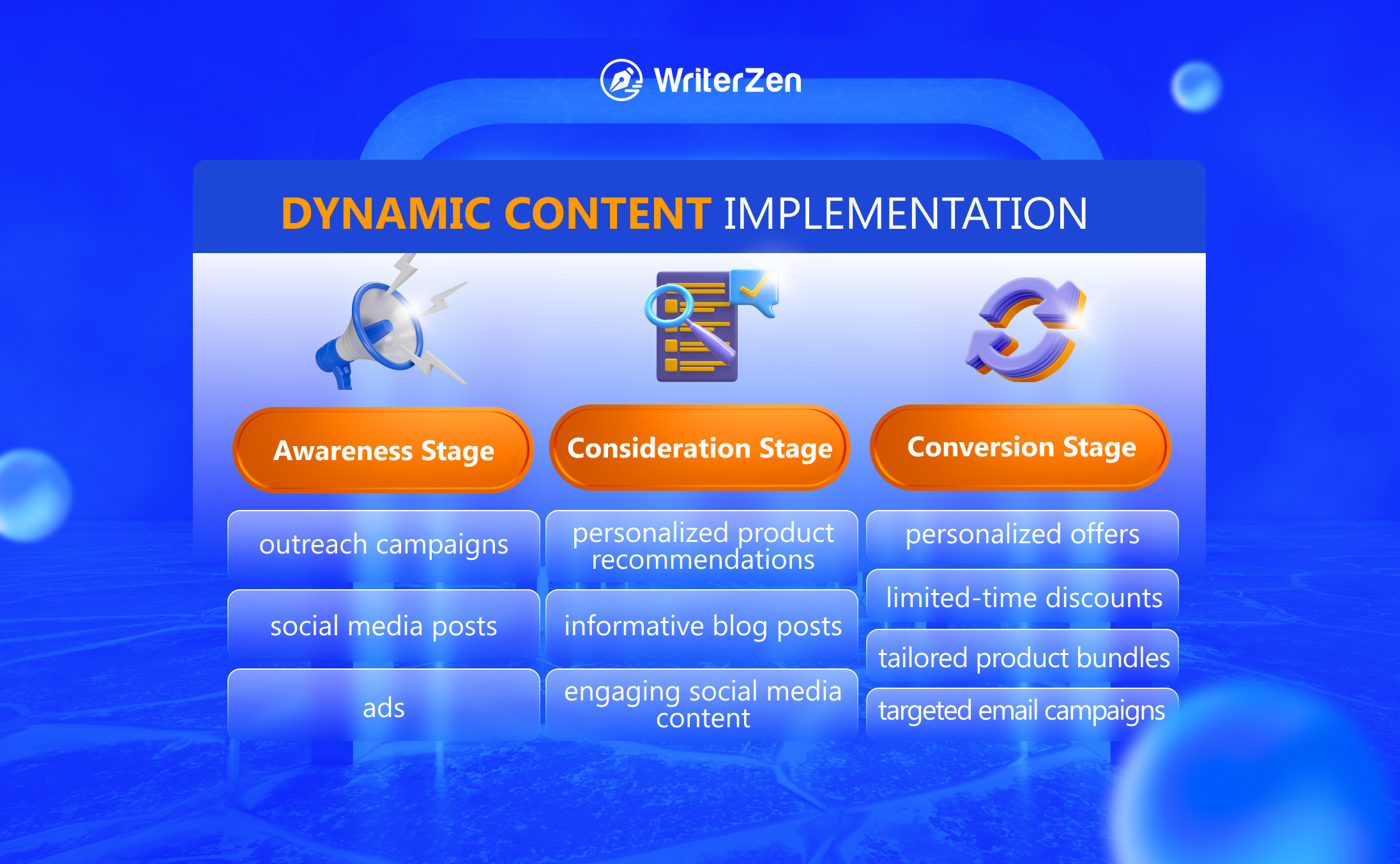
-
Awareness Stage: You can capture attention by using dynamic content in outreach campaigns, social media posts, and advertisements. Personalized content can target specific demographics, regions, or interests, increasing the effectiveness of the promotional efforts.
-
Consideration Stage: Once potential customers know about the product or service, dynamic content can engage them further. This might include interactive content, personalized product recommendations, informative blog posts, or engaging social media content. These customized interactions can nurture leads and help them move closer to making a decision.
-
Conversion Stage: This could involve personalized offers, limited-time discounts, tailored product bundles, or targeted email campaigns based on user behavior. The goal is to motivate users to take the desired action, whether purchasing, signing up for a service, or requesting more information.
For example, users who have just visited your website for the first time may be shown a pop-up with a discount code to encourage them to purchase. A user who has already purchased may be shown personalized product recommendations based on their past behavior.
Businesses can improve their engagement and conversion rates by creating personalized content tailored to the user's stage in the buying process.
Best Practices for Dynamic Content
Take a casual stroll through these pivotal principles for your dynamic content:
-
Understand your audience: Analyze user data and behavior to tailor dynamic content to specific user preferences and demographics.
-
Identify the relevant data points: Identifying the data points or user behaviors that trigger the dynamic elements before creating dynamic content is essential. This can include user demographics, past behaviors, location, time of day, and more.
-
Use personalization tools: There are a variety of tools and techniques that can be used to create dynamic content, including content management systems (CMS) with personalization features, marketing automation platforms, dynamic ad targeting, and A/B testing.
-
Define goals and metrics: Clearly outline objectives for your dynamic content strategy and establish measurable metrics to track its performance.
-
Monitor and A/B test: Continuously monitor user interactions and conduct A/B tests to refine dynamic content for optimal engagement and effectiveness.
-
Optimize for mobile: Ensure dynamic content displays seamlessly across various devices and screen sizes, providing a consistent experience for mobile users.
-
Have clear CTAs: Use concise and compelling CTAs (Calls to Action) within dynamic content to guide users toward desired actions, improving conversion rates and user engagement.
Final Thoughts
Dynamic content is a powerful tool that can help businesses improve their online presence and engage with their audience. Companies can enhance engagement and conversion rates by creating personalized content tailored to users' behavior, preferences, and interests.
However, it's important to identify the relevant data points, use personalization tools, segment your audience, and test and optimize your content to achieve the best results.
With these best practices, you can leverage dynamic content to establish your authority in the field and improve your digital marketing efforts.



